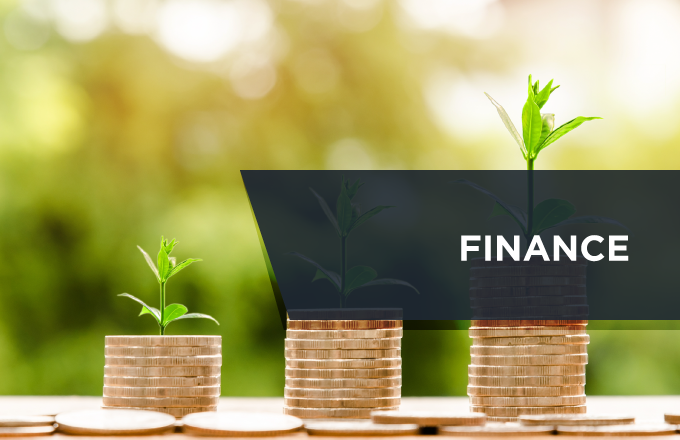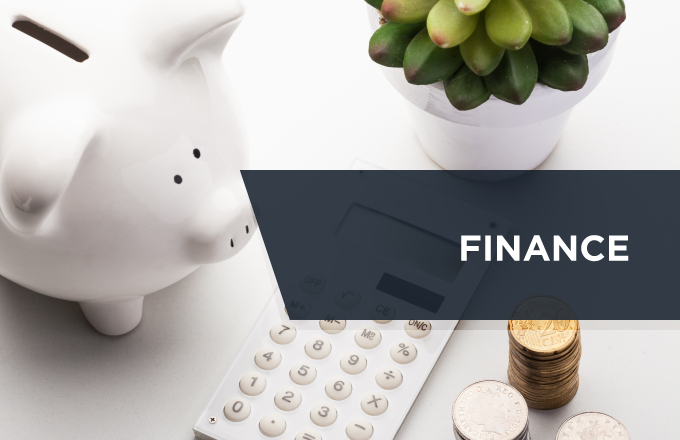
Non-Sovereign Stores of Value and Gold’s Value as an Investment
Prof. Urban Jermann
Safra Professor of International Finance and Capital Markets,
The Wharton School of the University of Pennsylvania
Non-Sovereign Stores of Value
Investors buy non-sovereign stores of value such as gold and bitcoin despite the absence of a yield. This paper presents an equilibrium model for studying investor adoption and the pricing of non-sovereign stores of value. The model is used for the quantitative analysis of historical gold prices and real interest rates. Since 1975, the real price of gold has been negatively related to real rates on Treasuries, but only when real rates have been low. The model is consistent with this nonlinear relation and can match quantitative properties relating real interest rates and gold prices. The model can also replicate some key properties of CME Comex gold futures prices.
Gold’s Value as an Investment
For investors, gold is an asset without a yield that is attractive in times of low and negative real interest rates. Gold also has an embedded put option because investors can sell it to those who value its use as jewelry or as a productive input. This paper presents an approach for pricing gold from investors’ perspective based on no-arbitrage principles. There is no need to specify investor preferences and the main input for pricing gold is a term structure model for real interest rates. The model implies that on average more than half of the value of gold is due to its role as an investment asset. When fitted to match 10-year real US Treasury rates the model can replicate the salient fluctuations in the time series of gold prices since 2007.













